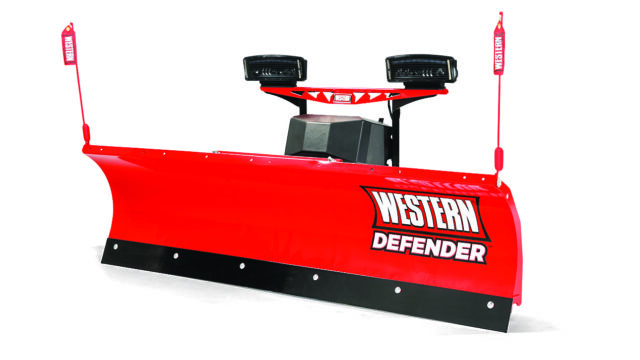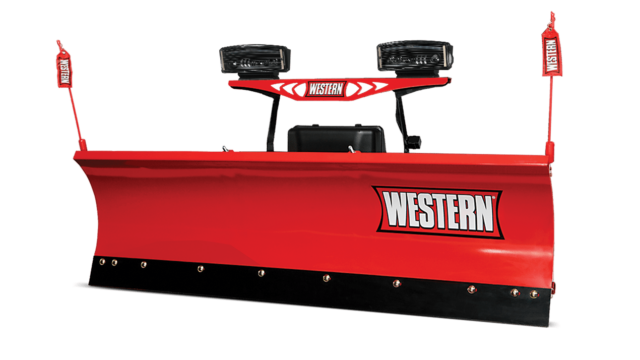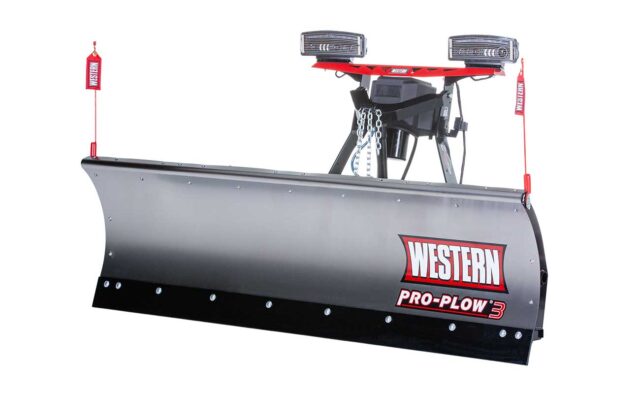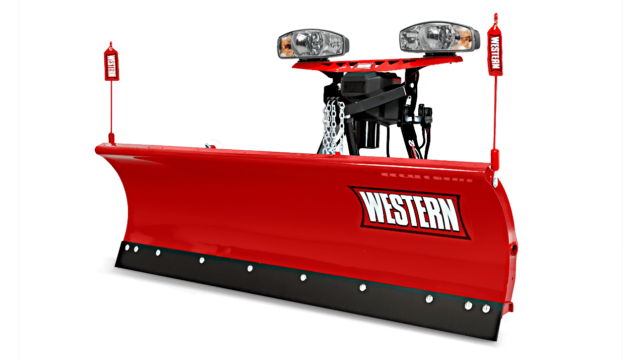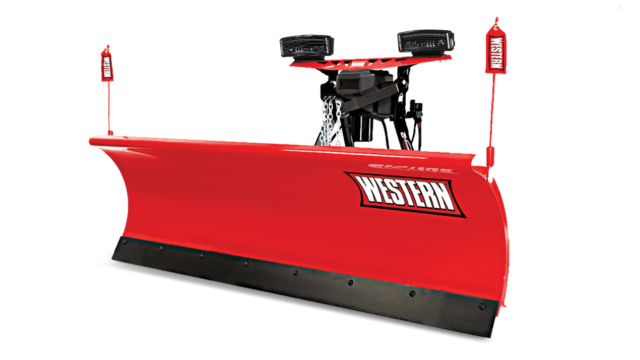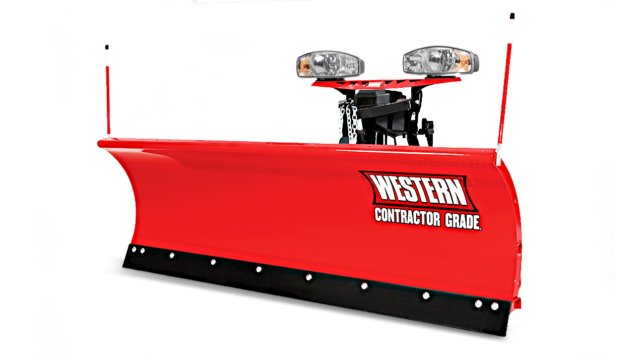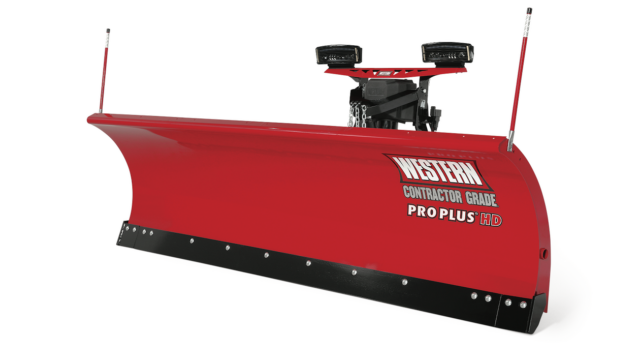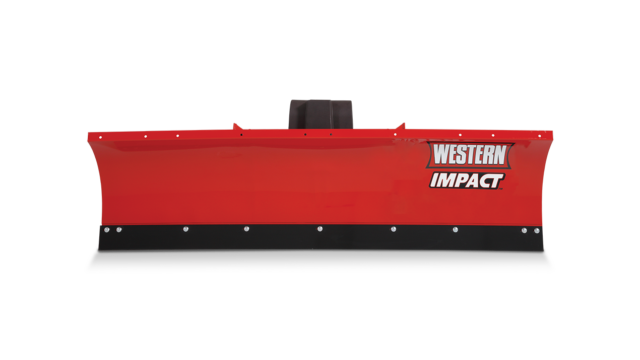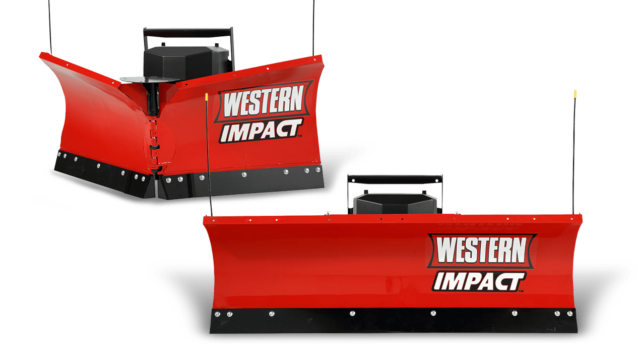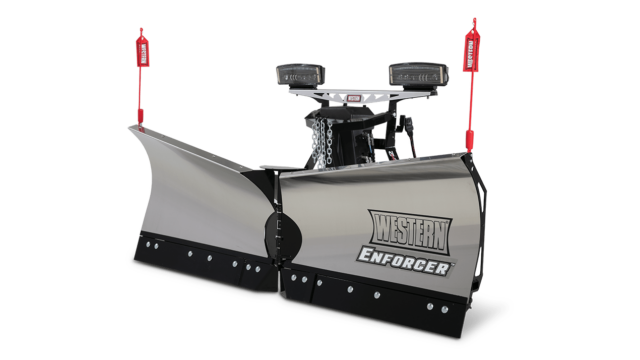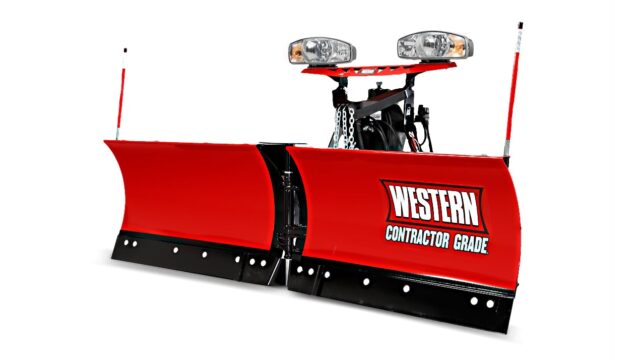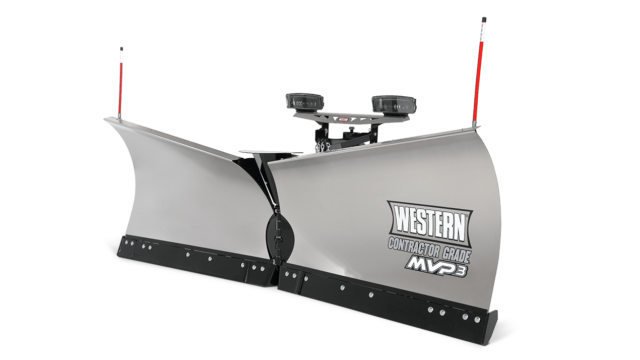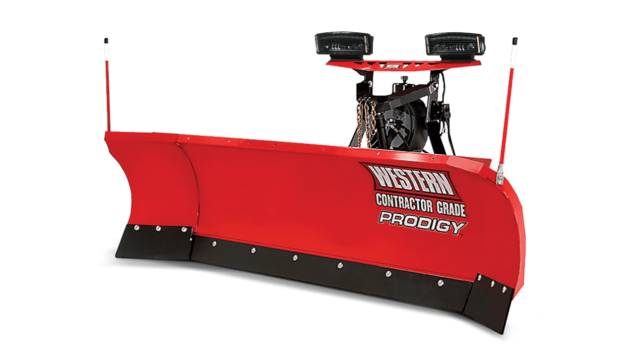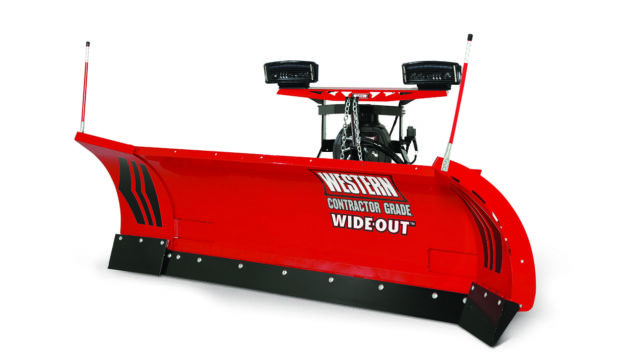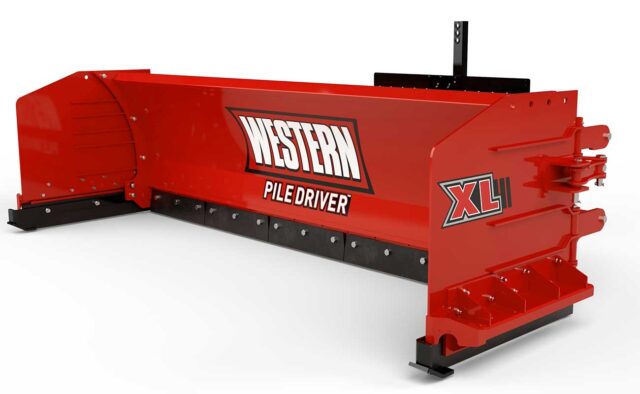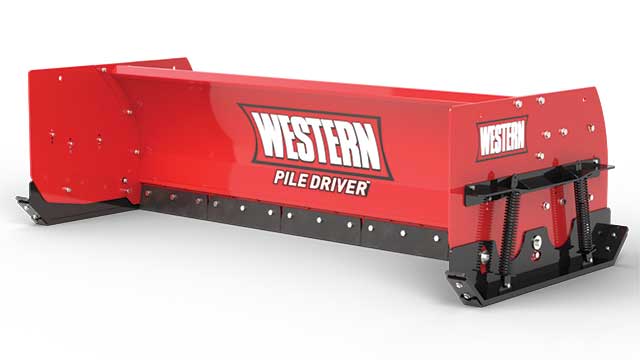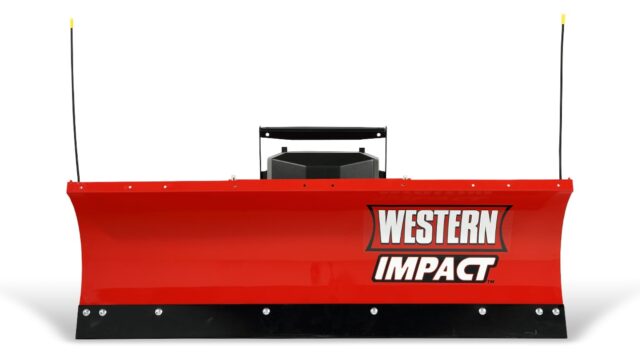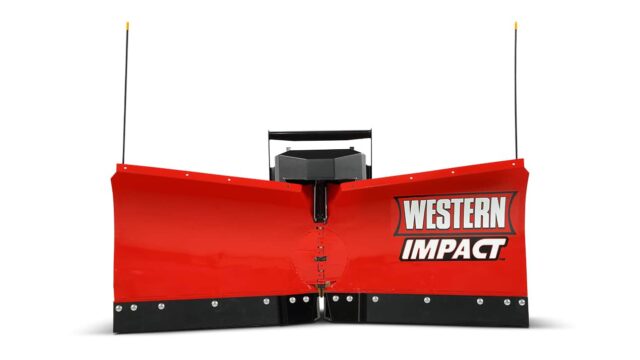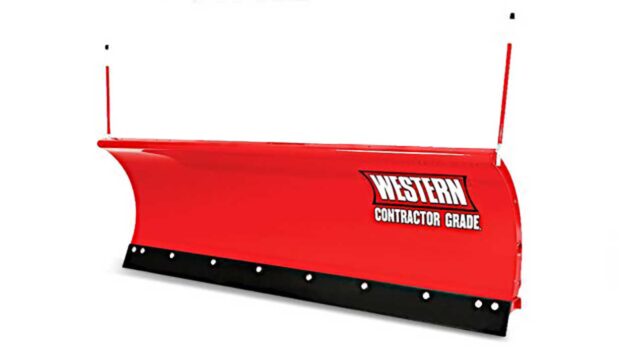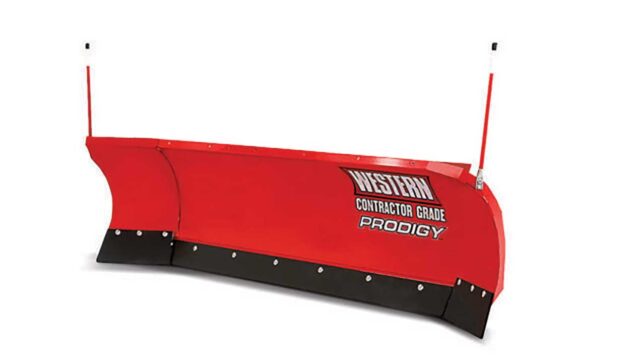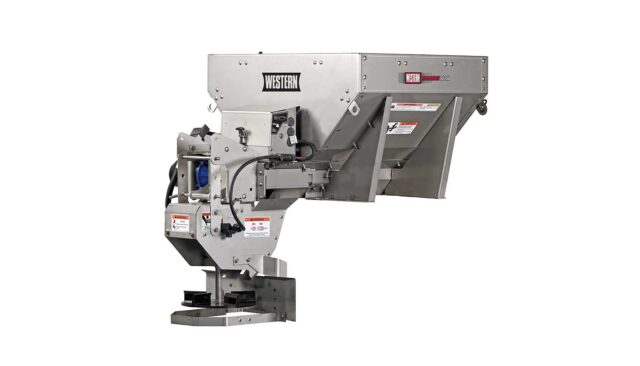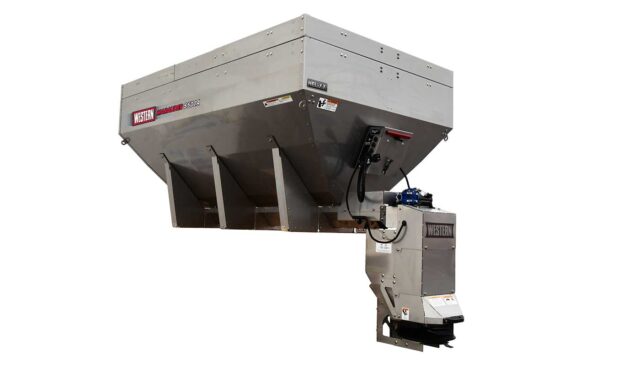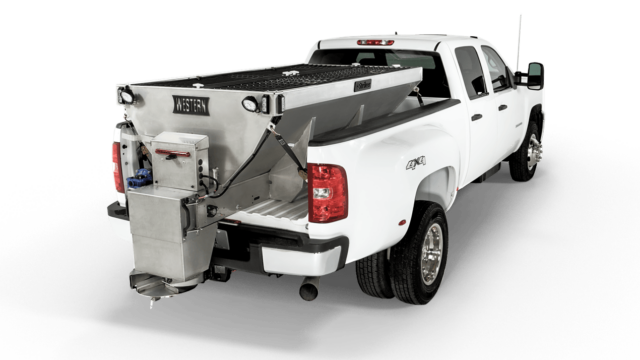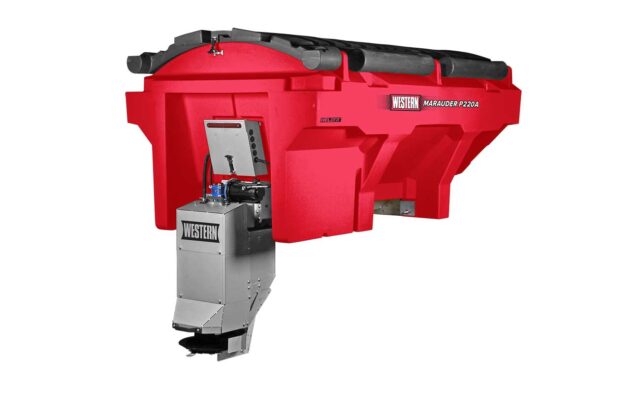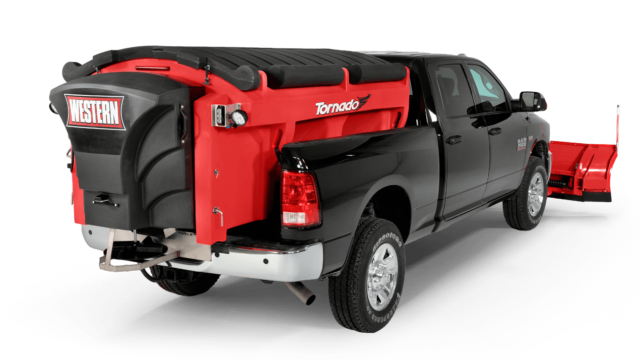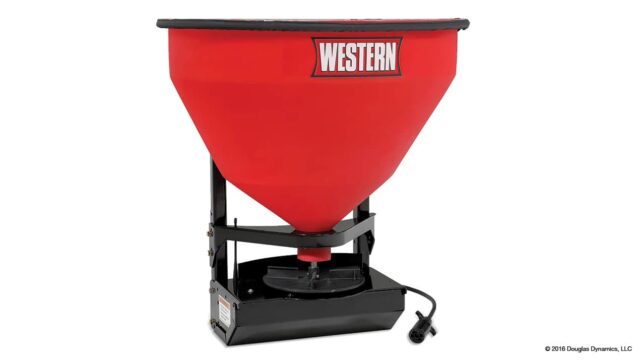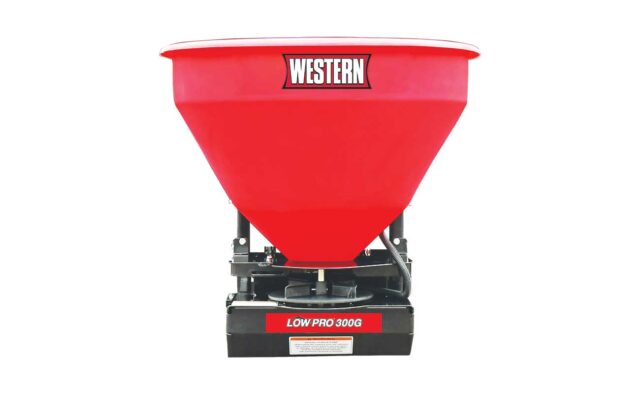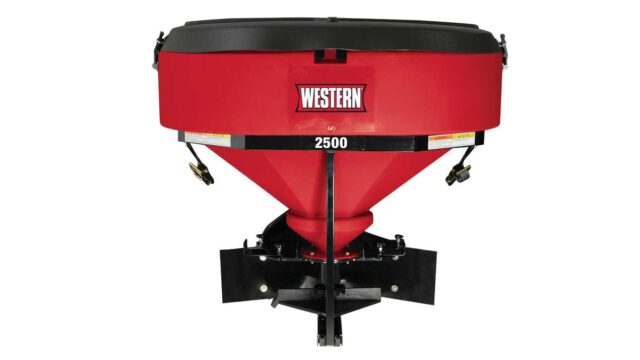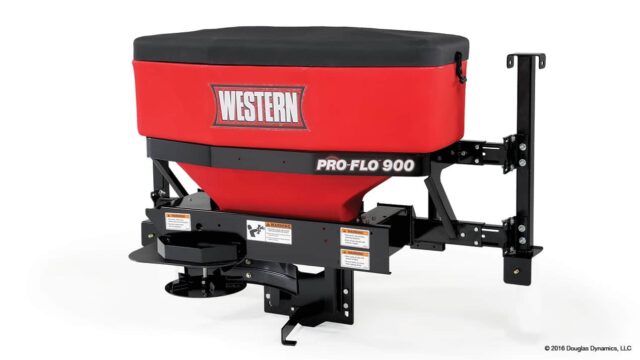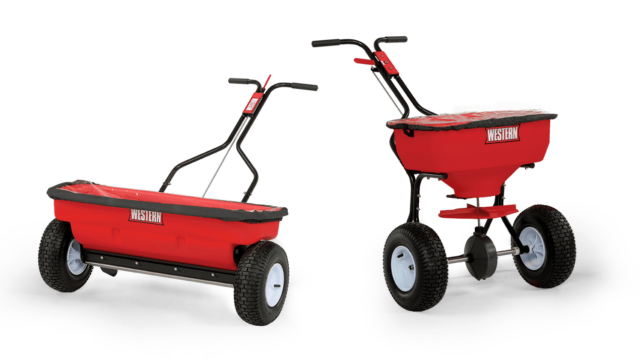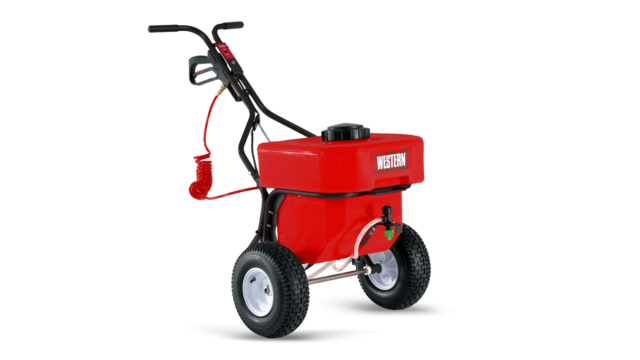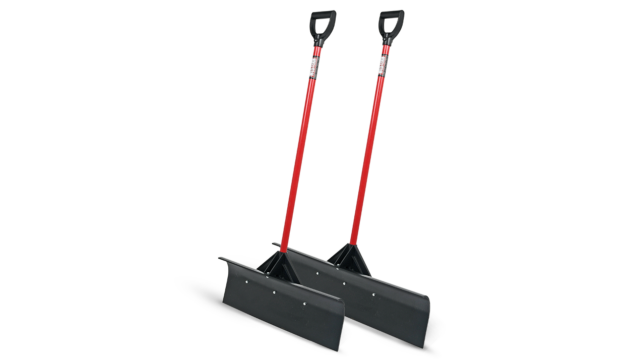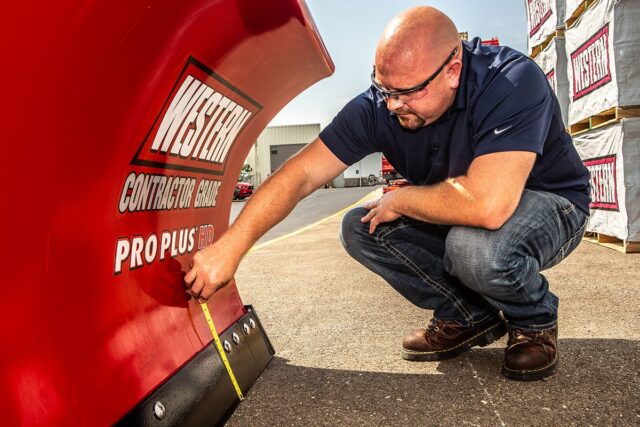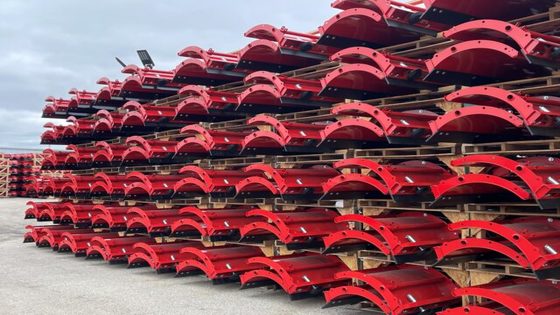6 Ways to Better Handle Customer Complaints in the Snow & Ice Industry
Created October 23, 2017

As the snow season progresses, so will the number of complaints. But fear not. Complaints are a normal part of the service industry and shouldn’t be thought of in a negative way. In fact, these complaints are actually giving you an opportunity to turn a sour customer into a satisfied customer—maybe even a loyal one.
Here are six ways to help make that transformation:
1) Get Your Objectives in Order. Listen, then Solve.
People often assume a customer’s first objective is to get their problem fixed. However, sometimes they just need to vent, be heard, or simply get their emotions out. Whether it’s about the timeliness of their property being cleared, the quality of the job, or something you had no control over, let them get it out of their system so you can get to the point where they are ready to listen. Then you can move on to the secondary objective of solving the problem. If you handle the situation in that order, the problem should be much easier to solve.
2) Show Your Clients You Appreciate Their Feedback
Apologize once, upfront. Then give positive recognition by saying things like: “Thank you for bringing this to my attention,” or “Thank you for reaching out.” Always keep in mind that the customer didn’t have to come to you at all. He could have simply taken his business to your competitor. When a customer gives you the opportunity to recover their service, be grateful. There are a lot of snow removal services out there, and they could have simply taken their business elsewhere, but now you have another chance to make it right.
3) Don’t Become Defensive From Criticism
Snow removal services can be challenging, and wrangling Mother Nature is a tall order. It’s easy to defend your hard work and to point at the circumstances but, at least at this stage, it’s best to hear them out, keep the conversation calm and moving in a positive direction. You don’t have to agree with what they’re saying, but you do need to give them your undivided attention.
4) Acknowledge What is Important to the Client
Find out what that is and validate it. If a customer says you didn’t clear their property by a certain time, then that customer values speed and their schedule. You might say: “You’re right. You deserve quick, efficient service.” This way, you aren’t necessarily saying you didn’t provide it, but you’re validating what the customer values and acknowledging that you want to deliver it.
5) Learn to Manage Client Expectations
Now that you know what their problem is, your goal is to help solve it, but in a realistic way. Give them more details on how you go about your business, like explaining that you have a priority list of businesses first. Giving them a big picture idea of your responsibilities and adding context to their complaint may help them understand your business better.
6) Show Clients You Care
Even if you feel the company did everything right, and if you can’t provide a solution on the spot, make sure you follow up in a timely manner. Maybe offer something as a gesture of goodwill or send a personalized thank-you note. Either way, you’ll be delivering the message that you’re a great company to do business with. To ensure that future problems are handled in the same professional manner, develop a protocol with your staff so they can take care of the situation as quickly as possible.
Remember: Your customer just wants the service they’re promised. If you approach complaints as opportunities to build loyalty, you can create customers for life. It can be hard to remember when you’re in a tense situation, but customers are essential to your business and, at the end of the day, you’re both on the same side.
Customers love when you can clear snow fast, efficient, and can stack snow high so that they have more room for parked cars, etc. Happy customers mean reduced complaints. Pushers are a great tool to get the job done, and done right.
